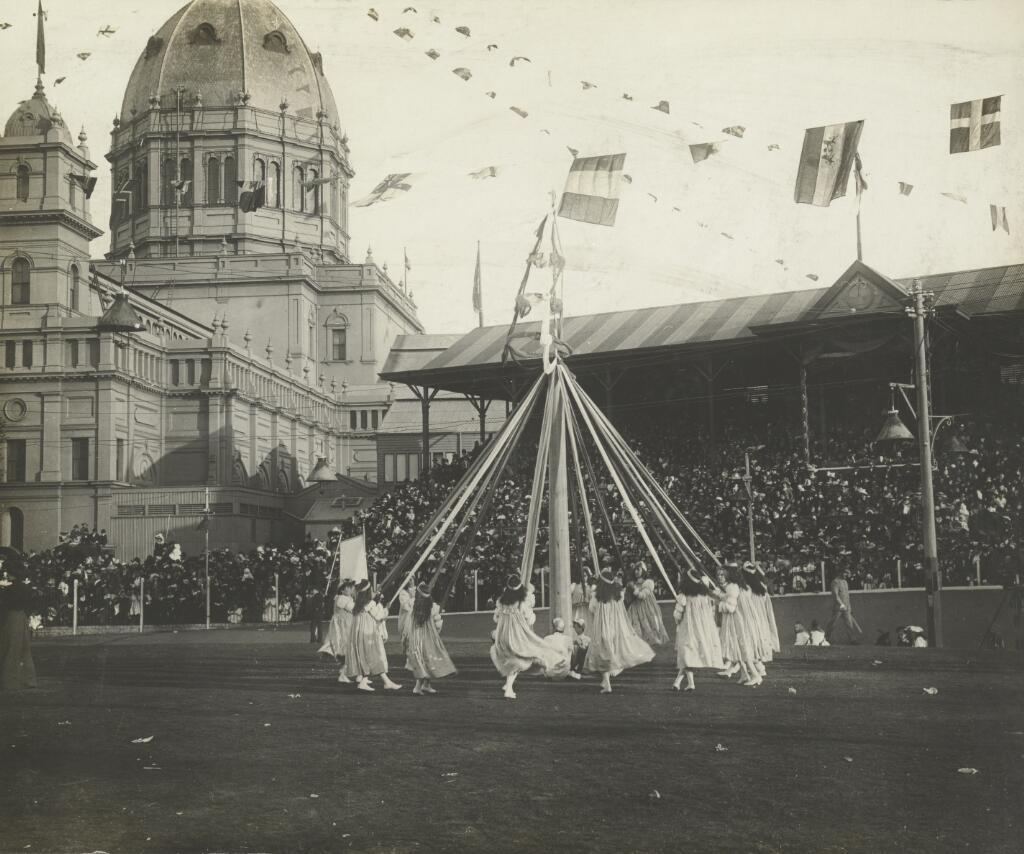 Mike Tyson is not the same ferocious fighter that he used to be. I wouldn’t go as far as to say Iron Mike has gone soft, but if someone told you in the 1980s that Tyson would be starring in comedy movies and doing interviews with Oprah in 25 years you would have laughed in their face. Not anymore.
Mike Tyson is not the same ferocious fighter that he used to be. I wouldn’t go as far as to say Iron Mike has gone soft, but if someone told you in the 1980s that Tyson would be starring in comedy movies and doing interviews with Oprah in 25 years you would have laughed in their face. Not anymore.
On Tyson’s right arm is a detailed portrait of Mao Zedong, the Chinese revolutionary leader. Tyson chose this tattoo as a symbol of rebellion and resilience, traits he saw in himself. The tattoo reflects Tyson’s interest in socialist and revolutionary ideologies, showcasing his alignment with figures who disrupted the status quo.
On his performance, he added: “I am happy. Like I said before the fight, it is going to end sooner than the first fight and I did it. Joe, hell of a fighter, respect to him. I like him and respect him, everybody please care for him.”
Contrary to what one might expect, the tattoo was not planned to carry a deep spiritual meaning. Initially contemplating a design of multiple hearts, Tyson was steered towards a tribal pattern by his tattoo artist, Victor Perez, who suggested something that would be visually striking and more suited to Tyson’s fierce image. Mike Tyson’s face tattoo design draws inspiration from Maori tribal markings, which are traditional symbols of strength and courage — qualities that Tyson resonated with.
The reason was simple. For years, you could have described Brownsville, Brooklyn’s Iron Mike as the anti-Arthur Ashe. Where Ashe was reserved, Tyson was in your face; as Ashe amazed with his technical brilliance on the court, the youngest man to hold the heavyweight title shocked with his ferocity.
To help pay off his debts, Tyson announced he would be doing a series of exhibition bouts, calling it Tyson’s World Tour. For his first bout, Tyson returned to the ring in 2006 for a four-round exhibition against journeyman heavyweight Corey Sanders in Youngstown, Ohio. Tyson, without headgear at 5 ft 10 in and 216 pounds, was in quality shape, but far from his prime against Sanders, at 6 ft 6 in who wore headgear. Tyson appeared to be “holding back” in the exhibition to prevent an early end to the “show”. “If I don’t get out of this financial quagmire there’s a possibility I may have to be a punching bag for somebody. The money I make isn’t going to help my bills from a tremendous standpoint, but I’m going to feel better about myself. I’m not going to be depressed”, explained Tyson about the reasons for his “comeback”. After the bout was poorly received by fans the remainder of the tour was canceled.
To Tyson, the tattoo symbolizes his ability to overcome obstacles and evolve as a person. It is a reminder that even in the darkest moments of his life, there is always the possibility of transformation and box growth.
“I kept on getting hit so I was disappointed and I’d like to apologise to all of my fans and supporters. But I also want to thank you for coming down here, I’ll be back, my journey’s not over this is just a hurdle I may have tripped over so I’ll be back.
“For my last fight, 60 million people in China tuned in to watch that, I believe we’ll make more history this time, I’m expecting 100 million, I have 1.4billion people behind me and supporting me, let’s make it happen. I’m fighting for my country.”
Zhang isn’t sure where his size comes from. Both his parents were under 6 feet. His brother and sister—Zhang is the youngest of three—are as well. He’s heard stories about his great-grandfather being big but can’t say for certain. “Maybe,” muses Zhang, “some kind of genetic mutation.”
Several unflattering moments defined the later years of Tyson’s career, the most notable of which was his decision to turn into a carnivore during a fight against Evander Holyfield. There’s also the frightening tattoo Tyson got on his face when his life really started to spiral out of control. He has since buried the hatchet with Holyfield, and Iron Mike tweeted on Monday that the infamous ink will soon be gone.
Rachael A. Carmen et al. in the Review of General Psychology posit that Tyson’s face tattoo may be an example of “body ornamentation as a form of intimidation”. Charlie Connell and Edmund Sullivan in Inked describe it as having become “instantly iconic”, while Vice’s Mitchell Sunderland ranks it as one of the two things Tyson is best known for, alongside biting off part of Evander Holyfield’s ear. Marie Hadley, in A History of Intellectual Property in 50 Objects, writes that the tattoo “has been described as one of the most distinctive tattoos in North America”. Its stature has increased over time, aided by Tyson and the 2009 comedy The Hangover, in which it is prominent on Tyson, who appears as a fictionalized version of himself. The tattoo has become strongly associated with Tyson and has made his persona more distinctive.
But the Chinese fighter had his shorter and lighter opponent in trouble from early on as Joyce provided a static target for Zhang’s booming left hand and plenty of work for his corner as cuts opened up.
